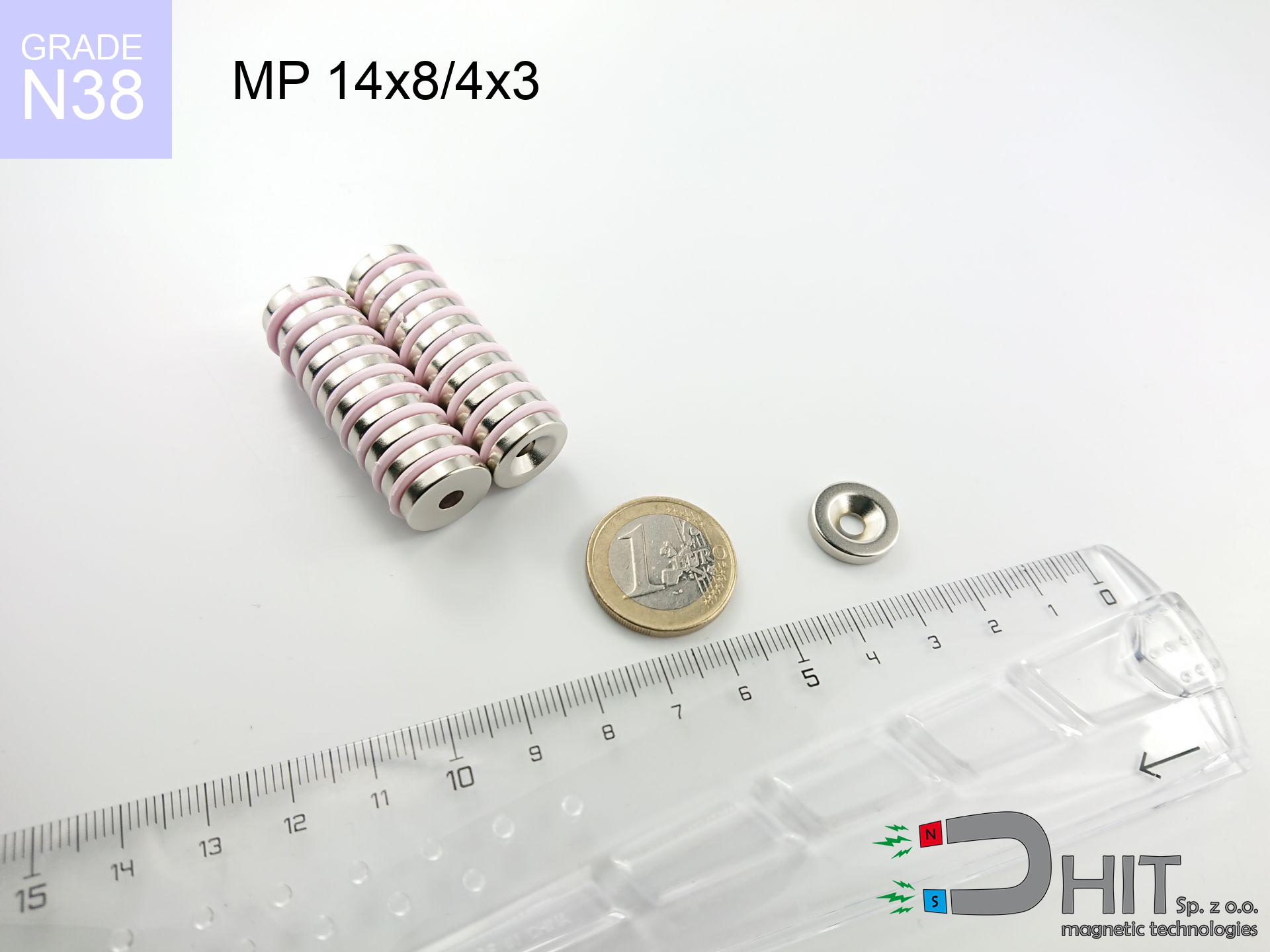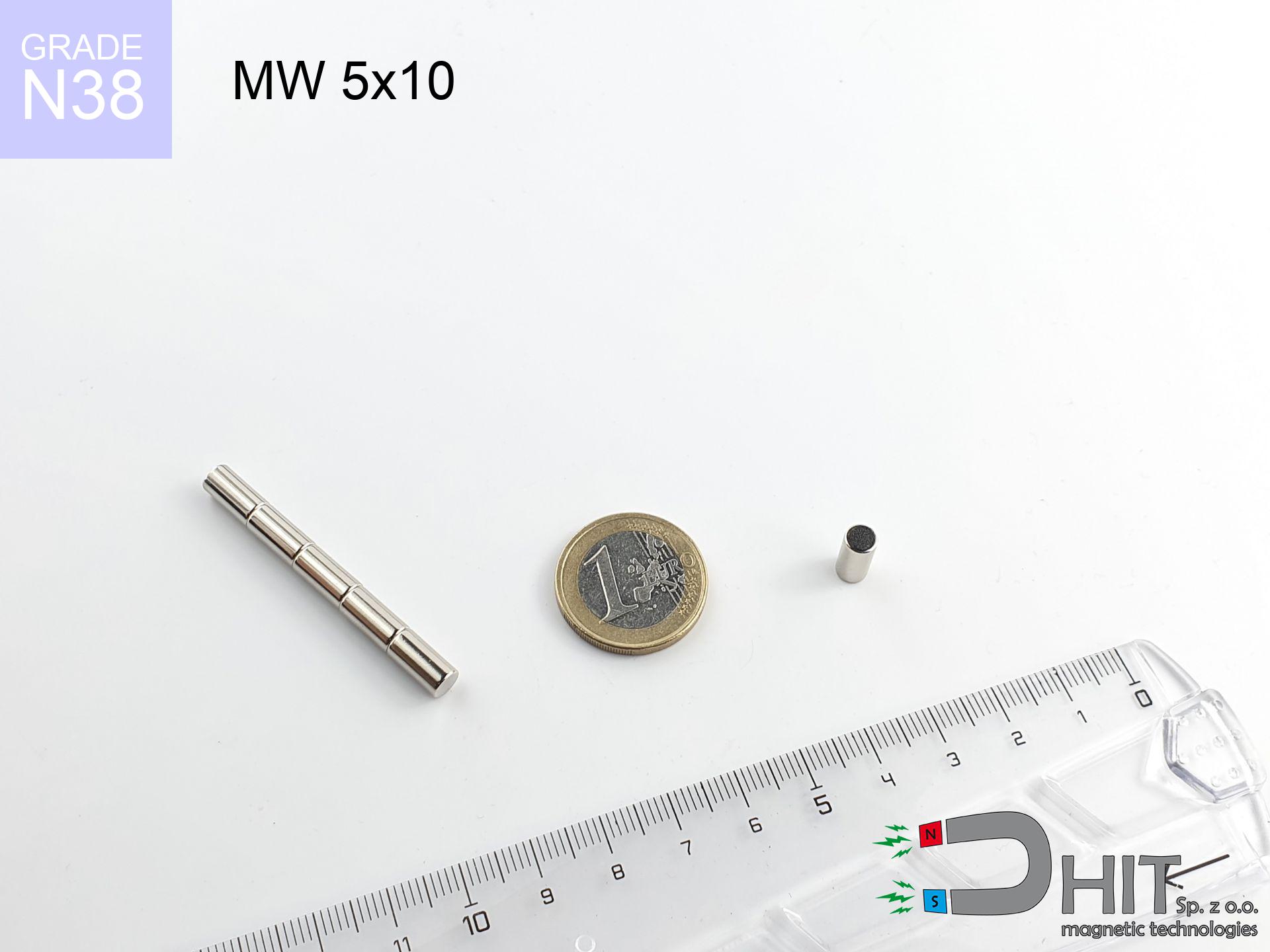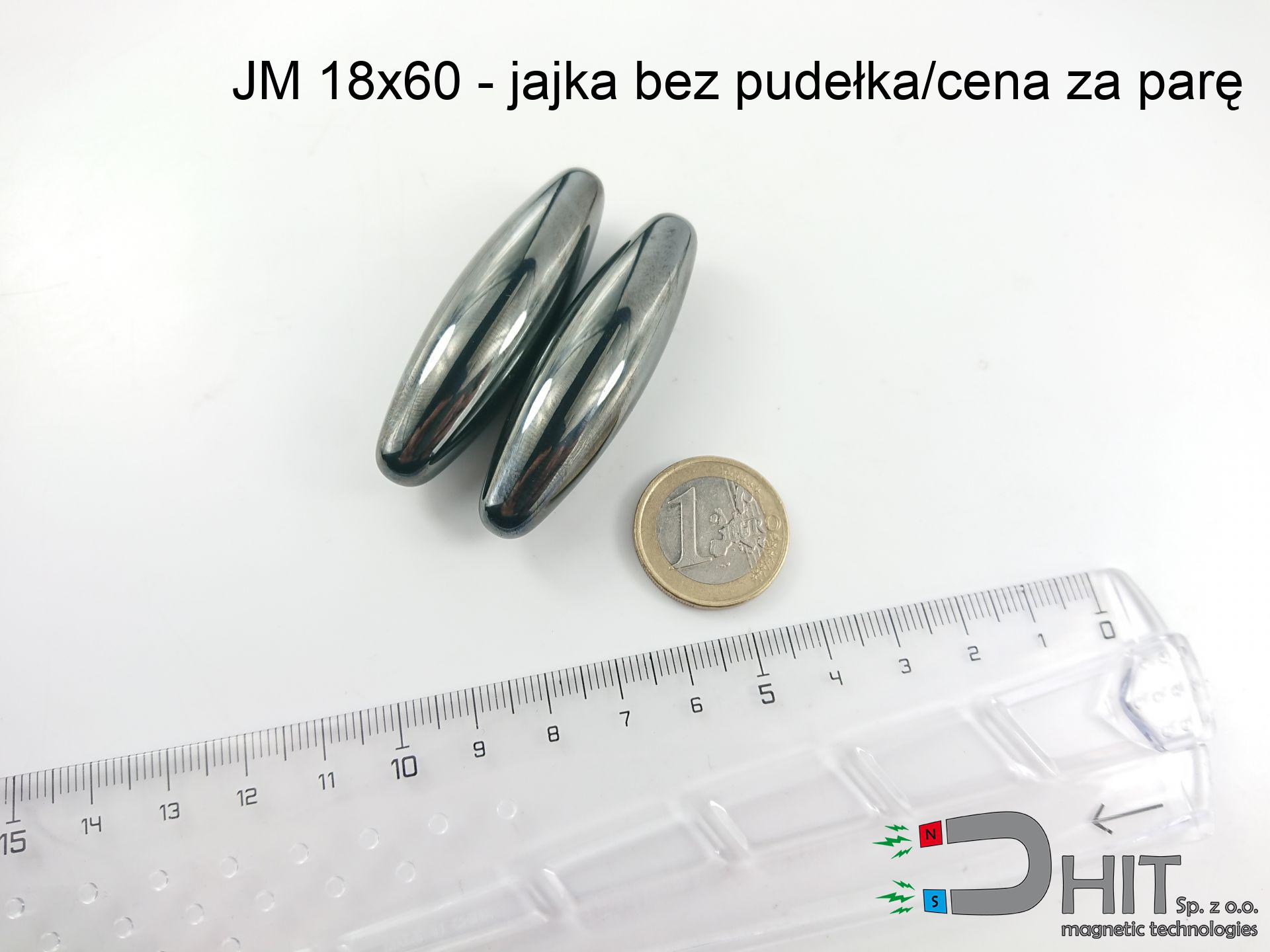UMGZ 36x18x8 [M6] GZ / N38
magnetic holder external thread
catalog number 190325
GTIN: 5906301813842
diameter Ø
36
mm [±0,1 mm]
height with thread
18
mm [±0,1 mm]
height
8
mm [±0,1 mm]
capacity ~
40.00 kg / 392.27 N
max. temperature
≤ 80
°C
catalog number 190325
GTIN: 5906301813842
diameter Ø
36 mm [±0,1 mm]
height with thread
18 mm [±0,1 mm]
height
8 mm [±0,1 mm]
capacity ~
40.00 kg / 392.27 N
max. temperature
≤ 80 °C
24.97 ZŁ gross price (including VAT) / pcs +
20.30 ZŁ net price + 23% VAT / pcs
bulk discounts:
need more quantity?Don't know what to buy?
Give us a call tel: +48 22 499 98 98 or contact us via contact form on the contact page. You can check the mass and the shape of neodymium magnets in our force calculator magnetic mass calculator
Orders placed by 2:00 PM will be shipped on the same business day.
Specification: magnetic holder external thread 36x18x8 [M6] GZ / N38
Magnetic properties of the material N38
Physical properties of sintered neodymium magnets Nd2Fe14B
List recommended items
Advantages and disadvantages of neodymium magnets NdFeB.
Apart from immense strength, neodymium magnets have the following advantages:
- They do not lose their power (of the magnet). After about 10 years, their strength decreases by only ~1% (theoretically),
- They protect against demagnetization caused by external magnetic field extremely well,
- By applying a shiny coating of nickel, gold, or silver, the element gains an aesthetic appearance,
- They have very high magnetic induction on the surface of the magnet,
- Magnetic neodymium magnets are characterized by very high magnetic induction on the surface of the magnet and can operate (depending on the form) even at temperatures of 230°C or higher...
- Thanks to the flexibility in shaping or the ability to adapt to specific requirements – neodymium magnets can be produced in many variants of shapes or sizes, which expands the range of their possible uses.
- Significant importance in modern technologies – are used in HDD drives, electric drive mechanisms, medical devices or very advanced devices.
Disadvantages of neodymium magnets:
- They are fragile when subjected to a powerful impact. If the magnets are exposed to impacts, we recommend using magnets in a steel housing. The steel housing in the form of a holder protects the magnet from impacts and at the same time increases its overall strength,
- Magnets lose their power due to exposure to high temperatures. In most cases, when the temperature exceeds 80°C, these magnets experience permanent reduction in strength (although it is worth noting that this is dependent on the shape and size of the magnet). To avoid this problem, we offer special magnets marked with the [AH] symbol, which exhibit high temperature resistance. They can operate even at temperatures as high as 230°C or more,
- Due to their susceptibility to corrosion in a humid environment, we suggest using waterproof magnets made of rubber, plastic, or other moisture-resistant materials when using them outdoors,
- Limited ability to create threads or complex shapes in the magnet - the use of a housing is recommended - magnetic holder
- Possible danger associated with microscopic parts of magnets can be dangerous, in case of ingestion, which is particularly important in the aspect of protecting young children. It's also worth noting that miniscule components of these devices can complicate diagnosis in case of swallowing.
Handle with Care: Neodymium Magnets
Keep neodymium magnets as far away as possible from GPS and smartphones.
Neodymium magnets are a source of intense magnetic fields that cause interference with magnetometers and compasses used in navigation, as well as internal compasses of smartphones and GPS devices.
Dust and powder from neodymium magnets are flammable.
Do not attempt to drill into neodymium magnets. Mechanical processing is also not recommended. Once crushed into fine powder or dust, this material becomes highly flammable.
Neodymium magnets are the most powerful magnets ever created, and their power can shock you.
Make sure to review all the information we have provided. This will help you avoid harm to your body and damage to the magnets.
Neodymium magnets are primarily characterized by their significant internal force. They attract to each other, and any object that comes in their way will be affected.
Magnets will attract each other within a distance of several to about 10 cm from each other. Remember not to put fingers between magnets or in their path when they attract. Magnets, depending on their size, can even cut off a finger or alternatively there can be a serious pressure or a fracture.
Neodymium magnets can become demagnetized at high temperatures.
Although magnets are generally resilient, their ability to retain their magnetic strength can be influenced by factors like the type of material used, the magnet's shape, and the intended purpose for which it is employed.
Make sure not to bring neodymium magnets close to the TV, wallet, and computer HDD.
Magnetic fields generated by neodymium magnets can damage magnetic storage media such as floppy disks, credit cards, magnetic ID cards, cassette tapes, video tapes, or other similar devices. They can also damage televisions, VCRs, computer monitors, and CRT displays. You should especially avoid placing neodymium magnets near electronic devices.
Keep neodymium magnets away from people with pacemakers.
In the case of neodymium magnets, there is a strong magnetic field. As a result, it interferes with the operation of a heart pacemaker. Even if the magnetic field does not affect the device, it can damage its components or deactivate the entire device.
Magnets should not be treated as toys. Therefore, it is not recommended for children to have access to them.
Remember that neodymium magnets are not toys. Be cautious and make sure no child plays with them. In the case of swallowing multiple magnets simultaneously, they can attract to each other through the intestinal walls. In the worst case scenario, this can lead to death.
Magnets made of neodymium are incredibly fragile, they easily crack and can crumble.
Neodymium magnets are characterized by significant fragility. Neodymium magnets are made of metal and coated with a shiny nickel surface, but they are not as hard as steel. In the event of a collision between two magnets, there may be a scattering of fragments in different directions. Protecting your eyes is crucial in such a situation.
The magnet coating is made of nickel, so be cautious if you have an allergy.
Studies show a small percentage of people have allergies to certain metals, including nickel. An allergic reaction often manifests as skin redness and rash. If you have a nickel allergy, try wearing gloves or avoid direct contact with nickel-plated neodymium magnets.
In order for you to know how strong neodymium magnets are and why they are so dangerous, see the article - Dangerous very powerful neodymium magnets.

![UMGZ 36x18x8 [M6] GZ / N38 UMGZ 36x18x8 [M6] GZ / N38](https://cdn3.dhit.pl/graphics/products/um-36x18x8-m8-gz-xiv.jpg)
![UMGZ 36x18x8 [M6] GZ / N38 UMGZ 36x18x8 [M6] GZ / N38](https://cdn3.dhit.pl/graphics/products/umgw-36x18x8-m8-gz-zim.jpg)





